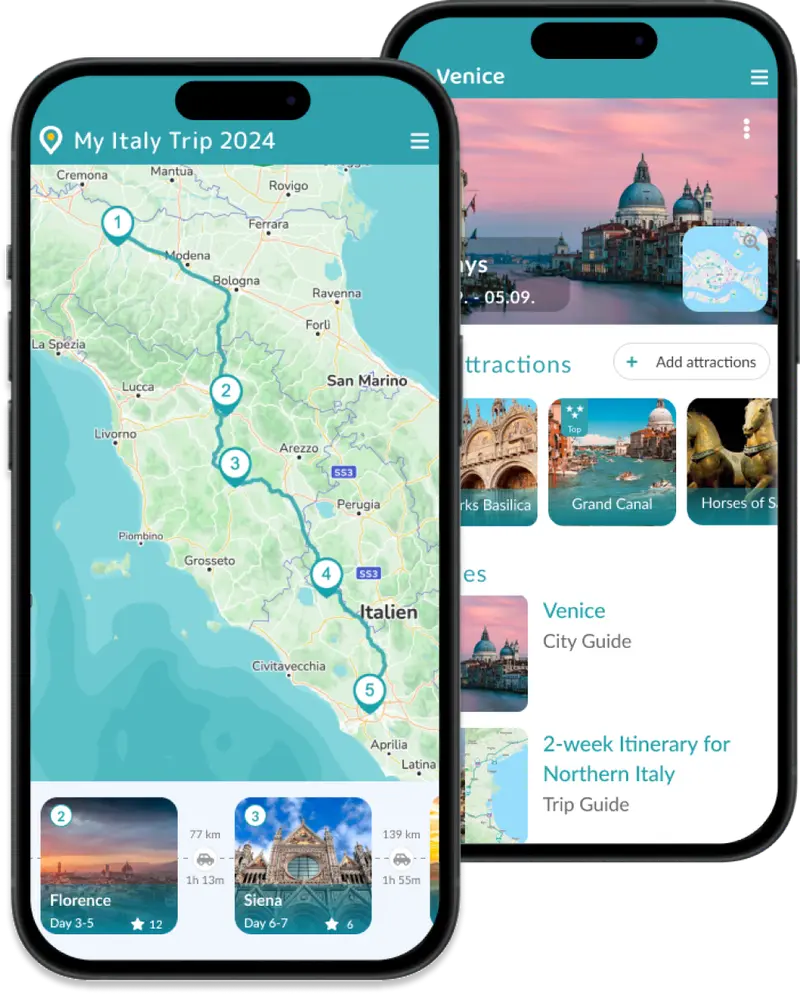Ravenna, the queen of mosaics, is a hidden gem in Northern Italy that’s surprisingly often overlooked in favor of more famous destinations. Tucked between Bologna and San Marino, the city holds an abundance of truly extraordinary artistic treasures. Once the capital of the Western Roman and later the Byzantine Empire, the city will astonish you with its breath-taking mosaics – true masterpieces of Late Antiquity. A visit of eight remarkable UNESCO World Heritage Sites, especially the Basilica of San Vitale and the Mausoleum of Galla Placidia, are a must. The vibrant colors and intricate scenes have to be seen in person – no photo does them justice.
Top Highlights of Ravenna










Inspiration
Travel Info
How long should you stay?
Two days in Ravenna are ideal to explore the city's treasures – perfect for a short cultural getaway or a stop on a longer Emilia-Romagna itinerary. While many visit Ravenna on a day trip, that barely does justice to the splendor of its mosaics. To truly take it all in, we recommend staying at least one night is well worth it!
Best time to visit
Consider visiting in the shoulder seasons of spring and fall. September is particularly ideal, with temperatures ranging between 20-25°C. However, since Ravenna isn't overrun with tourists visiting in Summer is also good. You can combine your visit with a beach vacation.
How to get to Ravenna?
Ravenna is well-connected by train and road. Direct train connections are available from major Italian cities, and the city is easily accessible by car from Bologna, Florence, and Rimini. Day trips are often made from Rimini or Bologna, both about 1 hour away.
Parking in Ravenna
Ravenna offers a few conveniently located parking garages just a short walk from the city center. The "Parcheggio San Vitale" offers affordable parking.
Fancy a roadtrip?
Be inspired by our hand-picked road trips.
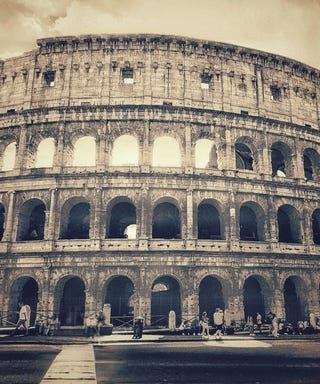
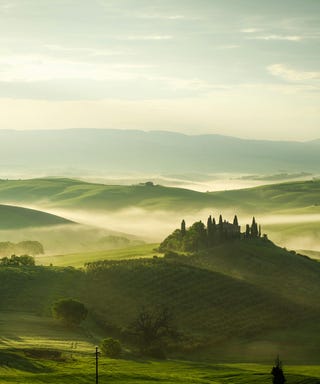
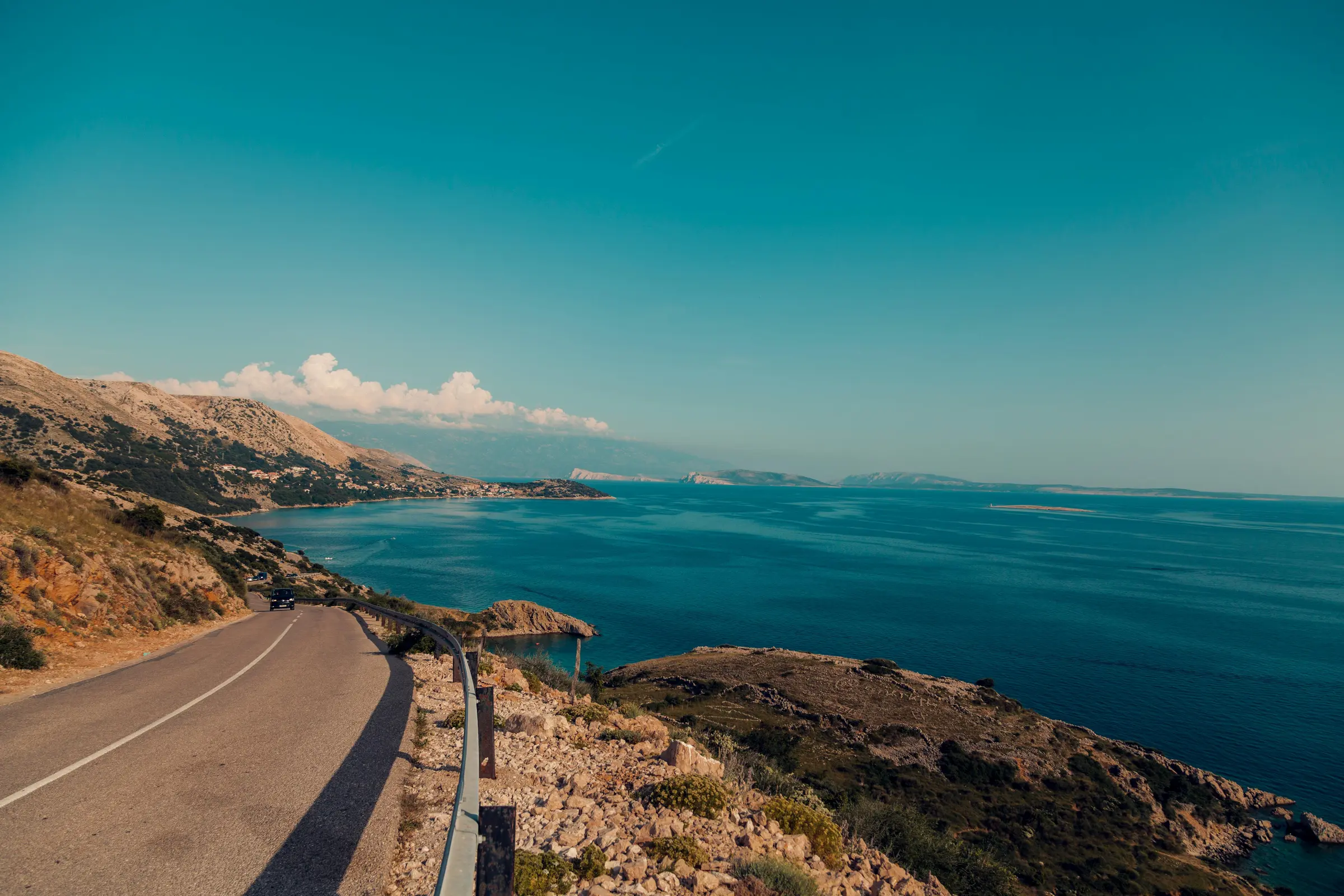
Day Trips from Ravenna
Brisighella

Po Delta Regional Park
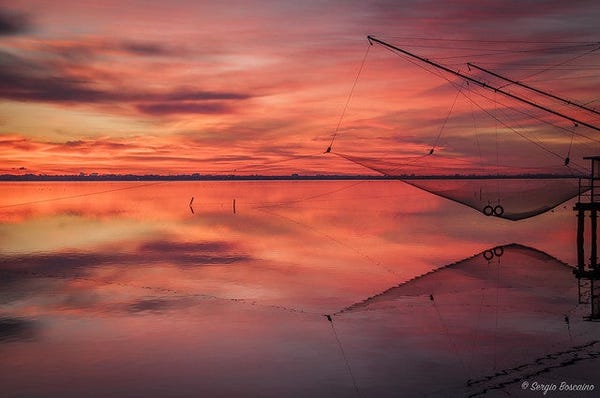
UNESCO Sant'Apollinare in Classe
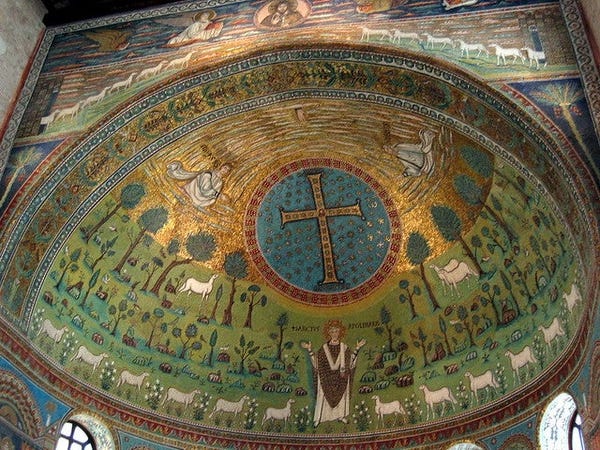
The medieval town of Faenza
The small town is famous for its ceramics and you can visit the Ceramic Museum, in the 13th century Palazzo del Podesta to learn more about this craftmanship. Later on go shopping for some ceramic souvenirs. Visit also the cathedral with its beautiful façade. By car you only need about 30 minutes. You can also arrive by train in 45 minutes.
Rimini
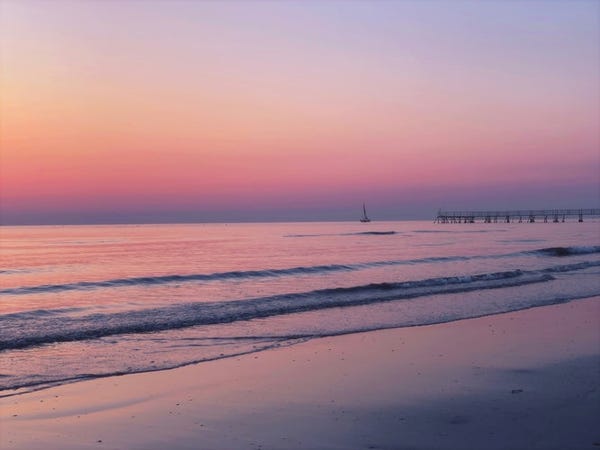
Santarcangelo di Romagna
Explore this quiet nearby town known for its medieval architecture and immense underground system across 3 levels. The origin of the 160 caves is still a mystery. You can visit parts of the caves during a tour of 30-40 minutes.
Further tipps for day trips
Mirabilandia: For a day of family fun, visit the Mirabilandia amusement park, just a 20min drive from Ravenna.
Cervia: Enjoy the coastal charm of Cervia, known for its salt pans, pristine beaches, and the historic Salt Museum. The salt pans are no longer in operation and offer a paradise for birds and wildlife. Stop with your bike or car and observe the birds. You may encounter colonies of flamingos. Binoculars are a must.
Regional specialities
What to Drink
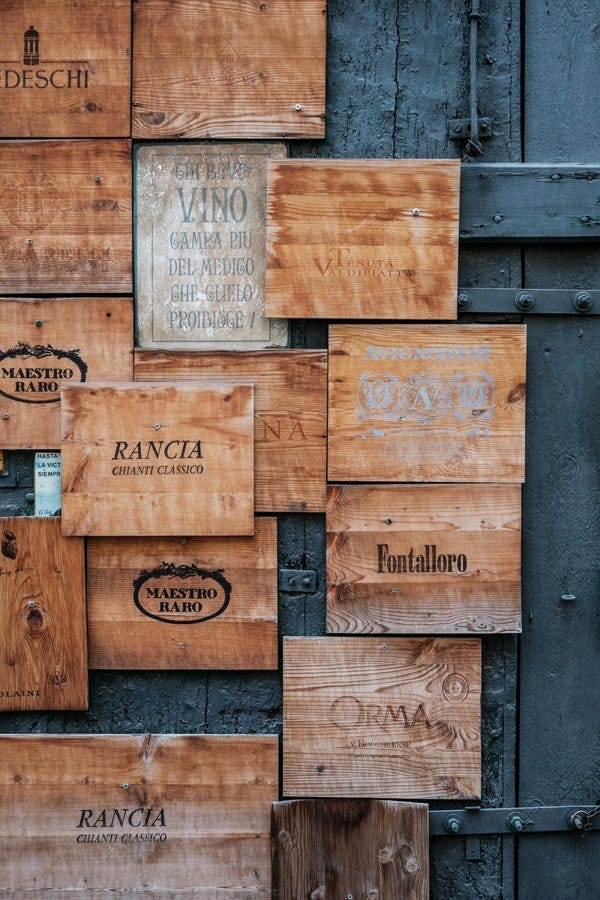
Wine
The local flagship wine grapes include the Albana, Trebbiano, Sangiovese, Pagadebit, and Cagnina. Due to the near sea and the saline breeze, the local wines can be recognized by their typical minerality. Pair a strong and well-bodied Sangiovese DOCG with rich dishes and an Albana with cheeses and desserts for a perfect experience.
Pasta
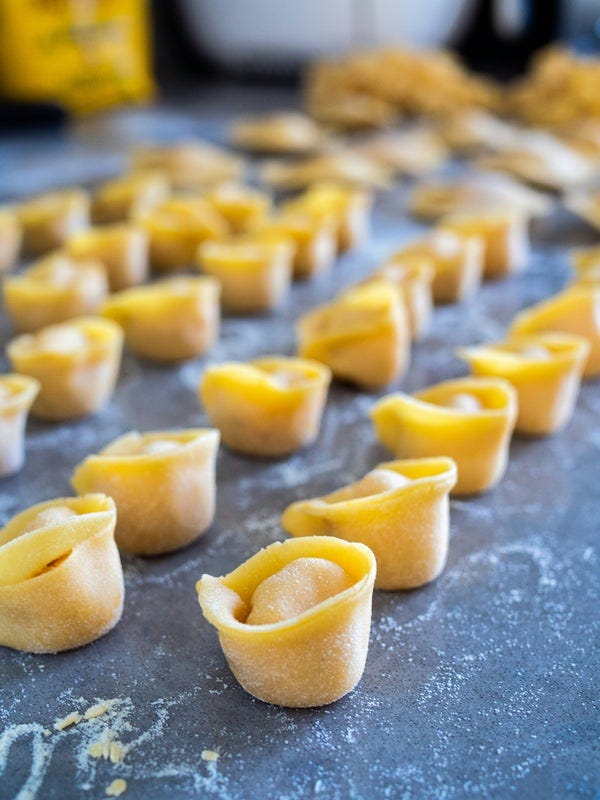
- Cappelletti: This traditional pasta dish is served with broth or with meat ragù in almost every restaurant around the Piazza del Popolo or along the streets of the old town.
- Piadina or piada: hot, triangular pieces of flatbread is the backbone of the culinary culture of Romana. It is served with various fillings in one of the many piadina kiosks. Piadina is typical of the valley of the Santerno river, with a thicker version served in Ravenna.
- Tortellaci di Ortica: Pasta stuffed with cheese and served with fish and tomatoes.
- Passatelli: Pasta made out of eggs, breadcrumbs, Parmesan and nutmeg
Seafood
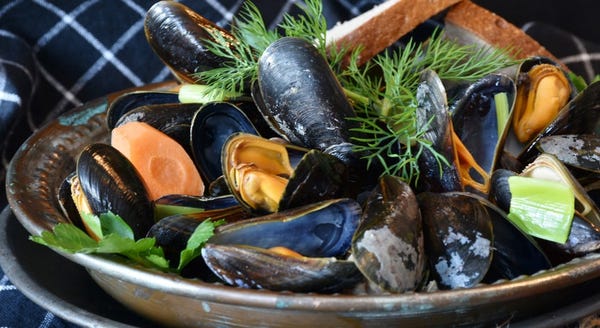
- Mussels from the Marina di Ravenna: The fresh mussels are a favourite ingredient. Try out the mussel soup, tagliolini with mussels or mussels au gratin to just name a few. If you arrive end of June, make sure to visit the mussel festival in the Marina.
- Fried "naked men": A curiously named dish with fish from the Adriatic Sea. You will find it also in the Marina di Ravenna area.
- Frog soup: Ravenna is famous for its frog soup, which is not only delicious but was also given to heal ill people for centuries.
There are so many seafood dishes, it is hard to name them all. In Ravenna and along the coast you will find a wide variety from fish soups, clam risotto and marinated sardines to prawns, crustaceans, cuttlefish skewers, seafood spaghetti and the popular grilled catch of the day.
Desserts
- Zuppa Inglese: Among the most popular desserts in the entire Emilia-Romagna region. It consists of cookies and custard, alchermes and ladyfinger biscuits with a splash of cordial.
- Dolz to Saint-Michele: is made out of cream, apricot jelly, raisins and various nuts.
- Grape jam: Famous delicious jam made from grapes with almonds, orange peel, grape syrup and musk
- Ciambella Romagnola: also a common dessert, the ciambella is a light, simple, ring-shaped cake. Dip it into sweet wine or try it with a glass of Albana di Romagna Passito
Other seasonal delicacies: Quince Honey, Medlar Tree Fruits, Volpine Pears:
Tips for cafés & restaurants
Grinder Coffee Lab: Trendy café near Basilica di Sant'Apollinare Nuovo with excellent coffee.
Serafina: Modern restaurant in Ravenna's center offering buffet-style lunches.
Antica Trattoria Al Gallo 1909: very popular, upscale art nouveau trattoria close to the Basilica di San Vitale.
Il Portolano Trattoria: wonderful fish restaurant with daily fresh-caught dishes with a good price
Mercato Coperto: market hall for culinary souvenirs, also houses a stylish restaurant.
Trattoria La Rustica: reserve a table at this small trattoria and enjoy one of the typical dishes of the Romagna region, such as rabbit, passatelli, tortelli and cappelletti
Shopping
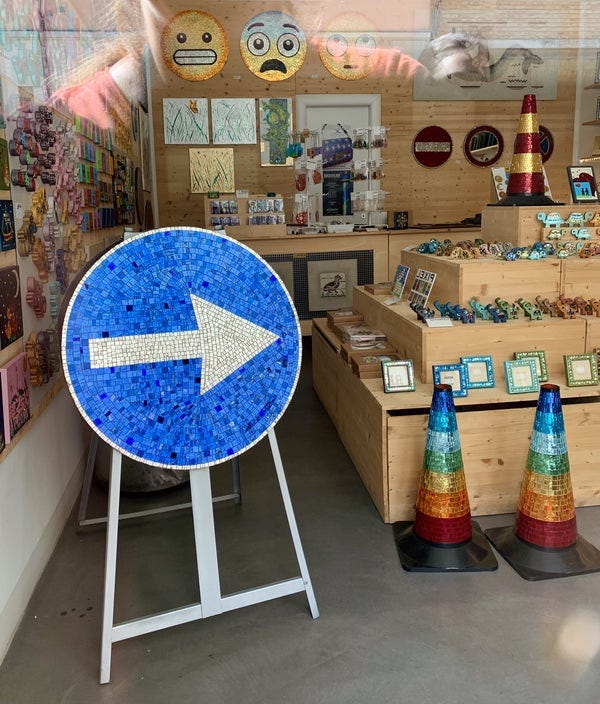
Events
- Festival of Wild Mussels: The mussel festival is among the finest in Italy and takes place end of June (23. - 25.06.) The main event is in the Marina di Ravenna, but also restaurants along the shore and in the city of Ravenna take part in it. www.lacozzadiravennainfesta.it
Fun Facts
Ravenna served as the capital of 3 Empires
• Western Roman Empire (402 - 476 AD) till the fall of the Empire
• Kingdom of the Ostrogoths (493 - 540 AD) King Theodoric the Great integrated Roman & Gothic culture
• Byzantine Exarchate (584 - 751 AD) Capital of the Eastern Byzantine territory in Italy till the conquest by the Lombards.
Dante's final rest
Exiled from Florence in 1302 due to political reasons, Ravenna became Dante Alighieri's save haven. He completed here his masterpiece, the 'The Divine Comedy'. It is one of the greatest works of world literature. Written in the Tuscan dialect instead of Latin, it shaped the Italian language. After his death in 1321 his remains stayed in Ravenna, although Florence tried to get them back.
Empress Galla Placida, the patron of Ravenna
The Empress has led an exceptional life. She was abducted by the Visgoths during Rome's sacking in 410 AD and later forced to marry the Visigothic King Ataulf. After his death, she returned home. During her later regency for her son, she became one of the most powerful woman in the entire Roman Empire. She was also a major patron of the arts in Ravenna and is responsible for the construction of the most famous buildings & mosaics we can visit today.
More fun facts to know
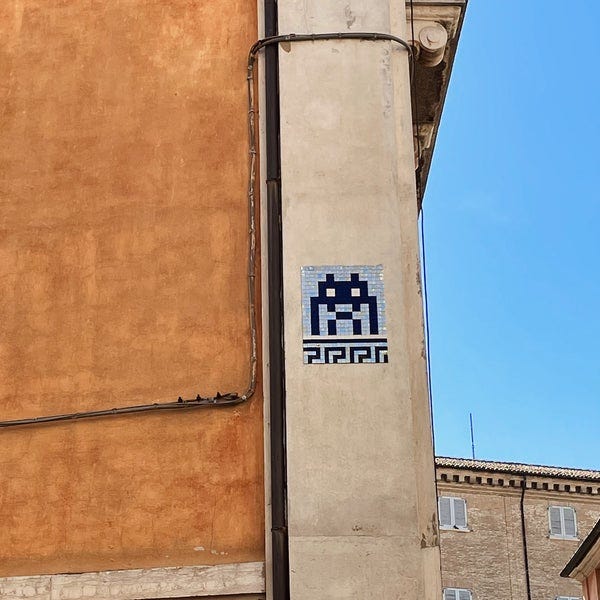
The wild mussels of the Marina di Ravenna are handpicked by fishermen, the 'cozzari' who dive between 10-12 meters. There are also wells in the Marina, where the mussels thrive well.



